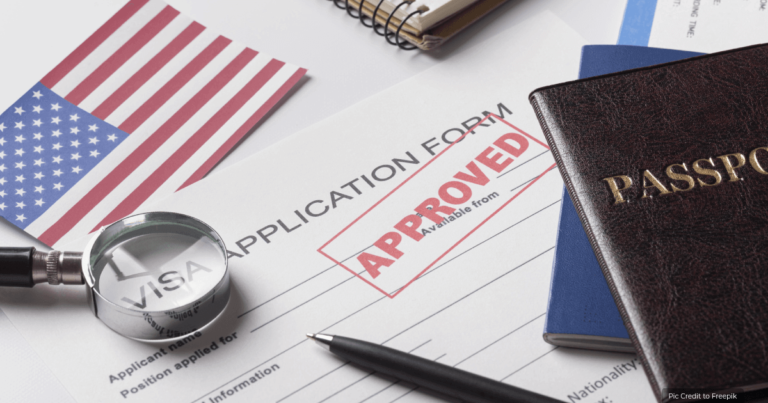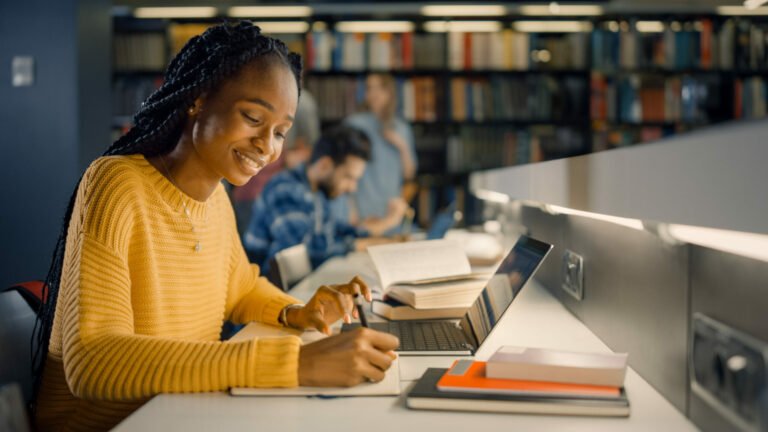Your Ultimate Guide to Securing a Student Visa for the USA
The process of obtaining a student visa to study in the United States can be complex and overwhelming for many international students. It is important to understand the different types of student visas available and the specific requirements for each. The most common type of student visa is the F-1 visa, which is for academic and language training programs. There is also the M-1 visa for vocational and non-academic programs. Understanding the differences between these visa types is crucial in determining which one is right for your specific course of study.
In addition to understanding the different visa types, it is important to be aware of the rules and regulations that govern student visas in the United States. This includes understanding the limitations on work and travel, as well as the requirements for maintaining legal status while studying in the country. It is also important to be aware of the potential for visa extensions and the process for obtaining them. By understanding the student visa process, international students can better navigate the application and interview process, ensuring a smooth transition to studying in the United States.
Choosing the Right Visa Type for Your Studies
When it comes to choosing the right visa type for your studies in the United States, it is important to carefully consider the specific requirements and limitations of each visa category. The F-1 visa is the most common choice for international students pursuing academic or language training programs, while the M-1 visa is designed for vocational and non-academic programs. Understanding the differences between these visa types is crucial in determining which one is best suited for your course of study.
In addition to considering the specific requirements of each visa type, it is also important to consider any potential limitations on work and travel that may impact your ability to support yourself while studying in the United States. It is also important to consider the potential for visa extensions and the process for obtaining them, as this can impact your ability to continue your studies beyond the initial period of your visa. By carefully considering the specific requirements and limitations of each visa type, international students can make an informed decision about which visa is best suited for their individual needs.
Meeting the Visa Requirements
Meeting the visa requirements for studying in the United States is a crucial step in the application process. For F-1 visas, students must be enrolled in a full-time academic program at an accredited institution, demonstrate proficiency in English, and show proof of financial support to cover tuition and living expenses. For M-1 visas, students must be enrolled in a vocational or non-academic program and provide evidence of financial support. In addition to these specific requirements, all students must also demonstrate their intent to return to their home country upon completion of their studies.
Meeting these requirements often involves gathering a variety of documents, such as transcripts, test scores, financial statements, and letters of recommendation. It is important to carefully review the specific requirements for your visa type and ensure that you have all necessary documentation before beginning the application process. By meeting the visa requirements, international students can demonstrate their eligibility to study in the United States and increase their chances of a successful visa application.
Navigating the Application Process
Navigating the application process for a student visa can be a daunting task for many international students. The first step in this process is to complete the online visa application form (DS-160) and pay the required application fee. Once this is done, students must schedule an interview at their nearest U.S. embassy or consulate. It is important to carefully review the specific requirements for your visa type and ensure that you have all necessary documentation before attending your interview.
During the interview, students will be asked questions about their intended course of study, their ties to their home country, and their ability to support themselves while studying in the United States. It is important to be prepared to answer these questions honestly and confidently in order to demonstrate your eligibility for a student visa. By navigating the application process with care and attention to detail, international students can increase their chances of a successful visa application and begin their studies in the United States.
Preparing for the Visa Interview
Preparing for the visa interview is a crucial step in obtaining a student visa to study in the United States. During the interview, students will be asked questions about their intended course of study, their ties to their home country, and their ability to support themselves while studying in the United States. It is important to be prepared to answer these questions honestly and confidently in order to demonstrate your eligibility for a student visa.
In addition to preparing for the interview questions, it is also important to gather all necessary documentation and review the specific requirements for your visa type. This may include transcripts, test scores, financial statements, letters of recommendation, and any other documents that demonstrate your eligibility to study in the United States. By carefully preparing for the visa interview and ensuring that you have all necessary documentation, international students can increase their chances of a successful visa application.
Understanding Visa Restrictions and Extensions
Once you have obtained a student visa to study in the United States, it is important to be aware of any potential restrictions on work and travel that may impact your ability to support yourself while studying in the country. F-1 visa holders are generally limited to on-campus employment during their first year of study, while M-1 visa holders are not permitted to work at all. It is important to carefully review these restrictions and ensure that you are in compliance with them at all times.
In addition to understanding any potential restrictions on work and travel, it is also important to be aware of the potential for visa extensions and the process for obtaining them. F-1 visa holders may be eligible for an extension if they need additional time to complete their program of study, while M-1 visa holders may be eligible for an extension under certain circumstances. By understanding these potential restrictions and extensions, international students can better navigate their time studying in the United States.
Resources for International Students in the USA
Once you have obtained a student visa and arrived in the United States, there are a variety of resources available to help you adjust to life as an international student. Many colleges and universities offer support services specifically for international students, including orientation programs, academic advising, and cultural adjustment resources. It is important to take advantage of these resources in order to make a smooth transition to studying in the United States.
In addition to college and university resources, there are also a variety of community organizations and support groups that cater specifically to international students. These organizations may offer social events, volunteer opportunities, and other resources designed to help international students feel welcome and supported during their time in the United States. By taking advantage of these resources, international students can make the most of their time studying in the United States and build a strong support network within their new community.
Read Also: Tips for Students on Financing Their Education in the USA
Conclusion
Student visa to study in the United States can be a complex process, but with careful preparation and attention to detail, international students can successfully navigate this process and begin their studies with confidence. By understanding the different types of student visas available, meeting the specific requirements for each visa type, navigating the application process with care, preparing for the visa interview, understanding potential restrictions and extensions, and taking advantage of available resources, international students can make a smooth transition to studying in the United States and make the most of their time as students in this diverse and welcoming country.







